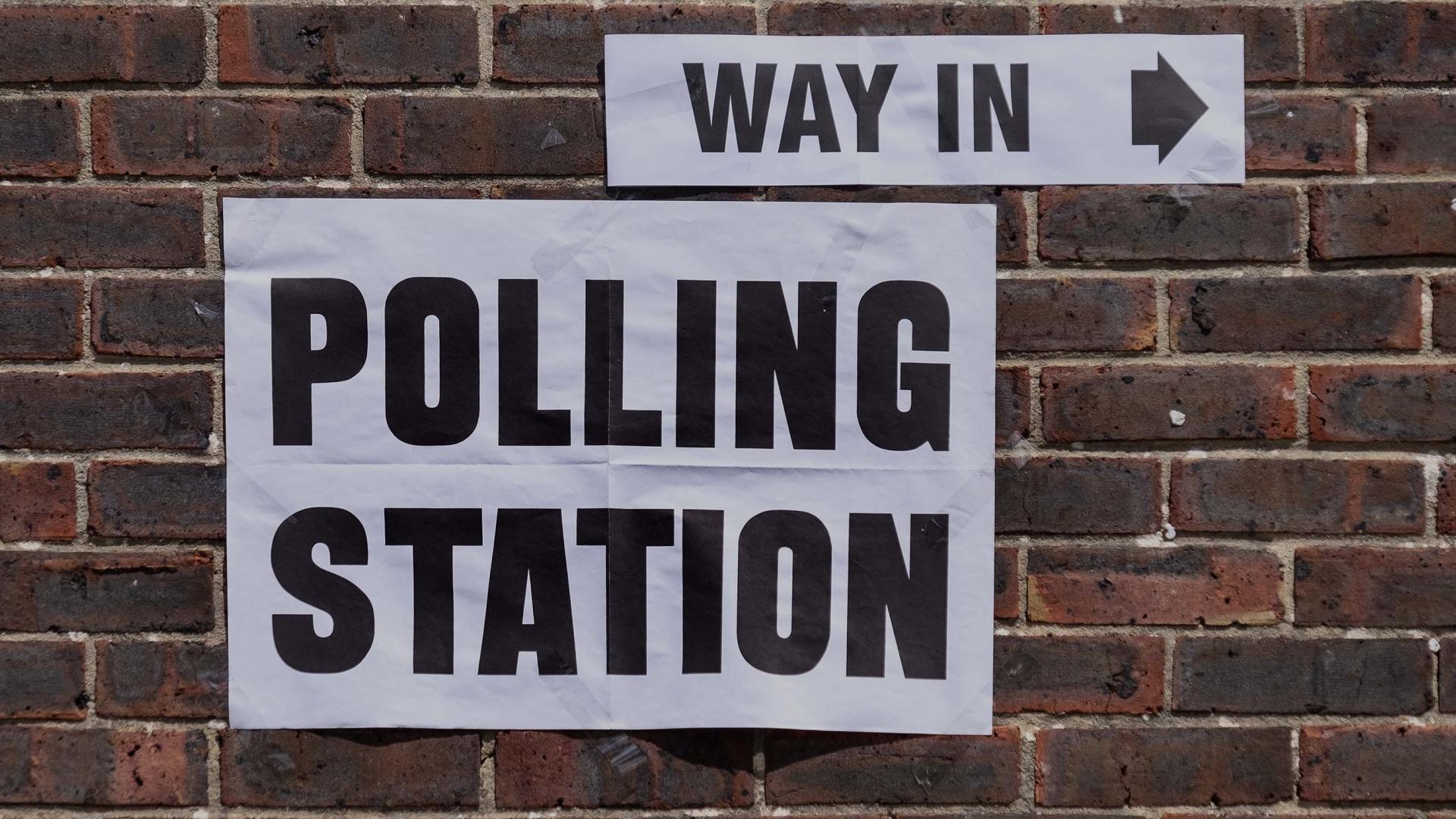This isn’t another column about how the next government won’t have any money. If you haven’t gathered that by now, there’s probably little value in repeating it. Whichever of the main parties forms the next government, it will need to cut spending or raise taxes or it will miss its own fiscal targets. Instead of focusing on that fact, I want to explore why. Why is it that, with taxes at pretty much the highest level in the UK in 70 years, it can be true both that many public services are in a terrible state and that there isn’t enough money to do much about them without raising taxes even further?
That public services are struggling was set out in stark terms in a report last week from the Institute for Government. To take a few choice quotes, it says that “hospital performance is arguably the worst in the NHS’s history”, “prisons are at crisis point” and “in the last six years there have been six times the number of bankruptcy notices filed by local authorities than in the previous three decades”. You get the picture. And that’s despite the fact that public spending as a fraction of national income has shot up over this parliament and, even on present implausibly tight plans, looks set to settle at well above its long-term average.
That taxes are at their highest level as a fraction of national income in seven decades is simply a fact. They have risen by more over this parliament than over any other in that period. The only bright spot is that many of us won’t have felt that directly. The direct tax burden on average earners is, surprisingly, at its lowest level in half a century. By contrast, companies and those on high incomes have been hit hard.
What on earth is going on? A new report from my colleagues at the Institute for Fiscal Studies tries to get under the skin of this apparent puzzle.
A little bit of history is important. The story of the past half-century or so has been one of successive governments trying desperately hard to prevent the state from growing. While spending on the welfare state has risen, defence spending has fallen and fallen and fallen. We have stopped building houses and supporting nationalised industries. Through the 2010s, our government responded to the fiscal problems created by the financial crisis by cutting spending. In most other countries in western Europe tax took more of the strain than it did here. Yet by 2019, after nearly a decade of austerity, the state was still at the same size that it had reached in 2007, after a decade of a Labour government that had poured large sums into public spending.
How did all that austerity apparently achieve so little? In part because the starting point in 2010 was so difficult. Spending had spiralled as a fraction of national income as the economy had shrunk. The economy then refused to grow at anything like its previous rate. And cuts in working-age welfare and education spending as proportions of national income were offset by spending on the ever-voracious NHS. It is a striking statement of both priorities and demographic determinism that between 2007 and 2019 spending on health rose by 1 per cent of national income, while spending on education fell by the same amount.
Since 2019, public spending has rocketed. Obviously, it grew by astonishing amounts during the pandemic, but that’s not what I mean. Public spending today, after all the Covid and energy crisis-related spending has ended, is about 4.5 per cent of national income, or £124 billion, higher than it was in 2019-20. That is a colossal change. Part of that growth was planned. The Boris Johnson-led Conservative government wanted to be rather less austere than its predecessors. But most of it, about four fifths, was not anticipated.
Alongside paltry economic growth, the two biggest contributors to that unplanned growth were a jump in debt interest spending and a big increase in spending on working-age welfare, particularly as a result of rising numbers receiving health-related benefits. These increases do not look like being transient. Even on official forecasts, which imply cuts in many areas of public service spending, overall public spending looks set to remain at nearly 3 per cent of national income, or £80 billion, higher at the end of this decade than it was pre-pandemic.
On top of these pressures from debt interest and welfare spending, health spending will continue on its ever upward path. Defence spending, after 70 years of cuts, looks set to turn a corner. It will no longer be the cash cow for the burgeoning welfare state that it has been since the war. Rather than reduce the scope of the state, our politicians still want to increase it, by expanding free childcare provision, for example. And, on top of the problems created by spending cuts, various aspects of public provision have had to face up to new pressures: remarkable increases in numbers with special needs in schools, in demands on social care for children and adults and for mental health services, among others.
Put all that together with low growth and the biggest pile of public debt since around 1960 and the reasons for our fiscal travails begin to become clear. We will need a multi-faceted response. Focus on productivity in public provision and do what we can to get economic growth, for sure, but they won’t be enough in themselves. We also need to face hard questions about how to manage demands, how to decide on the scope of state action and what size of state and level of tax we are comfortable with. However much our politicians might want to avoid these questions before the election, the winners will have little choice but to confront them in its aftermath.
This article was first published in The Times, and is reproduced here with kind permission.










